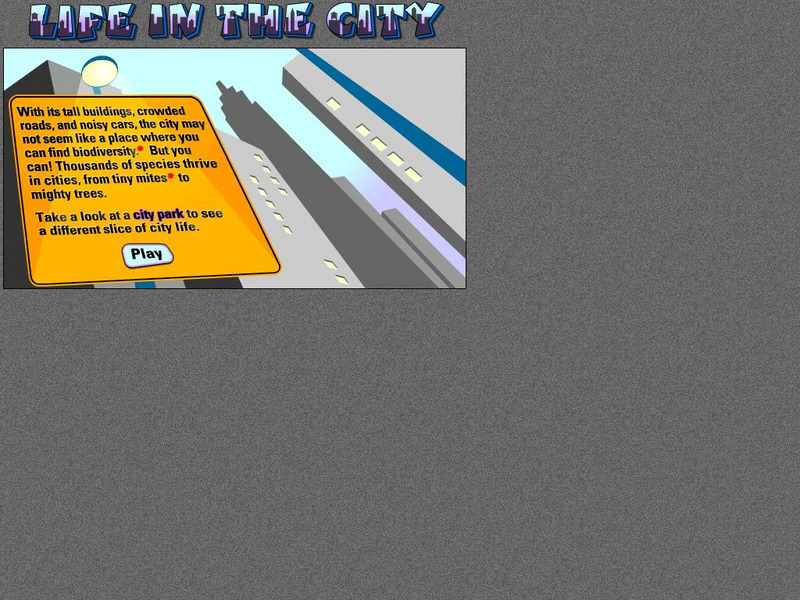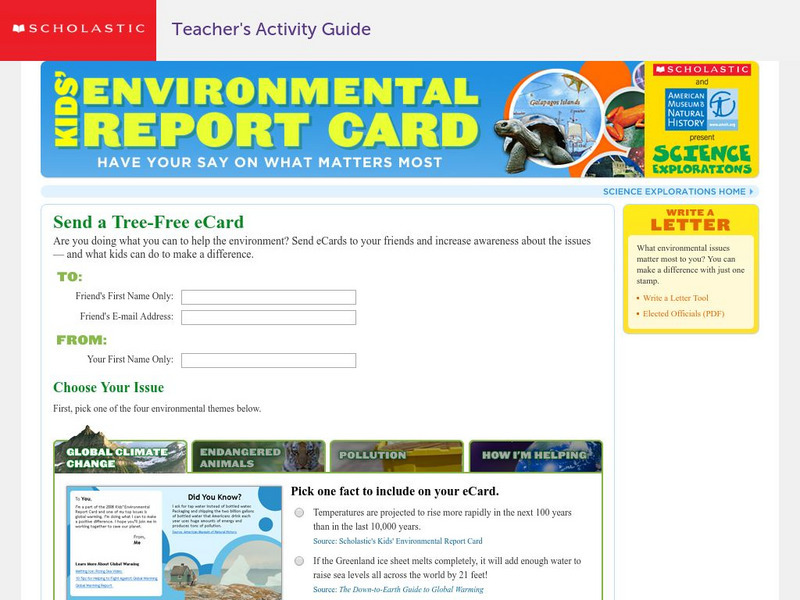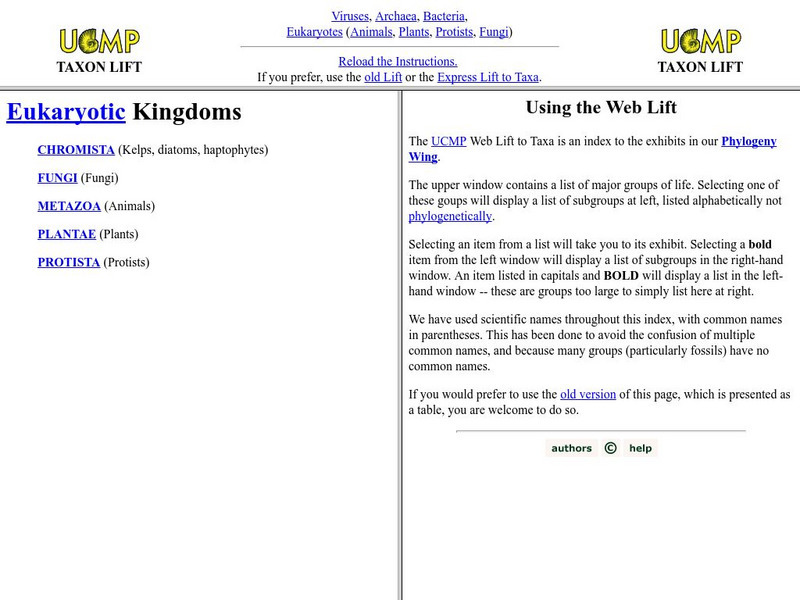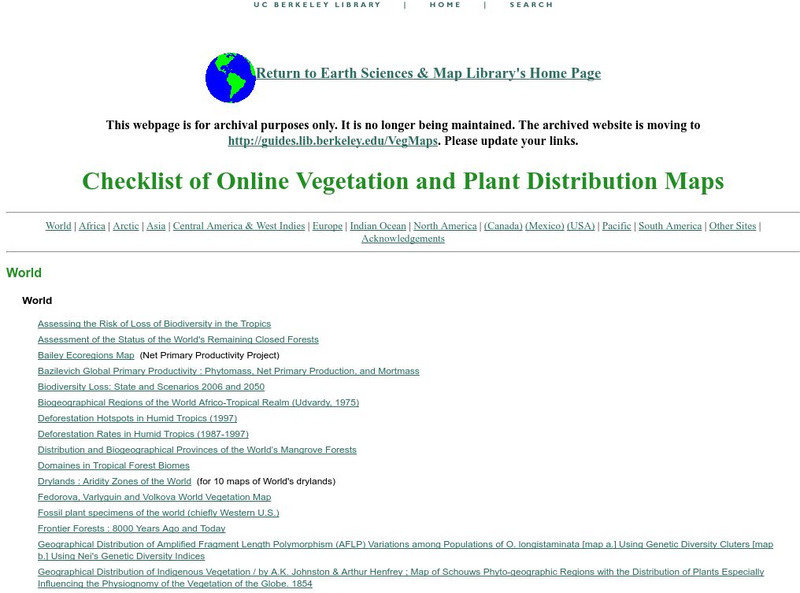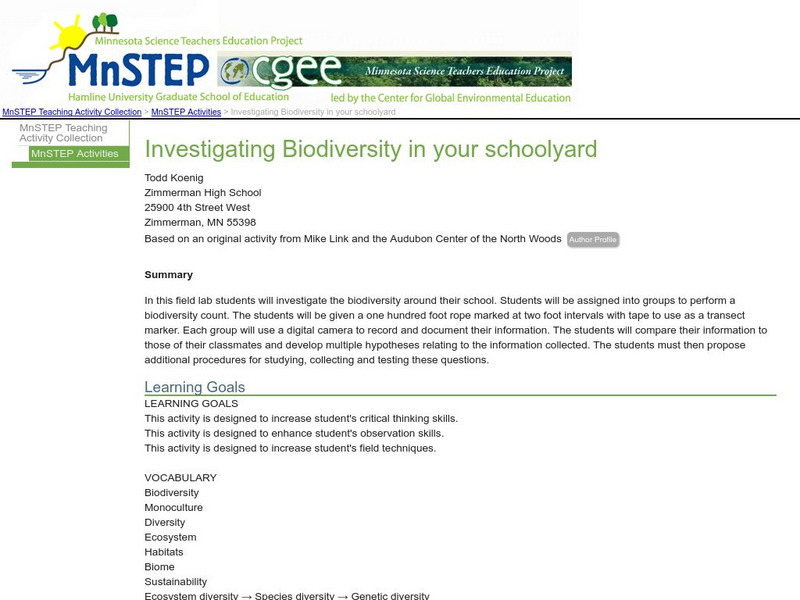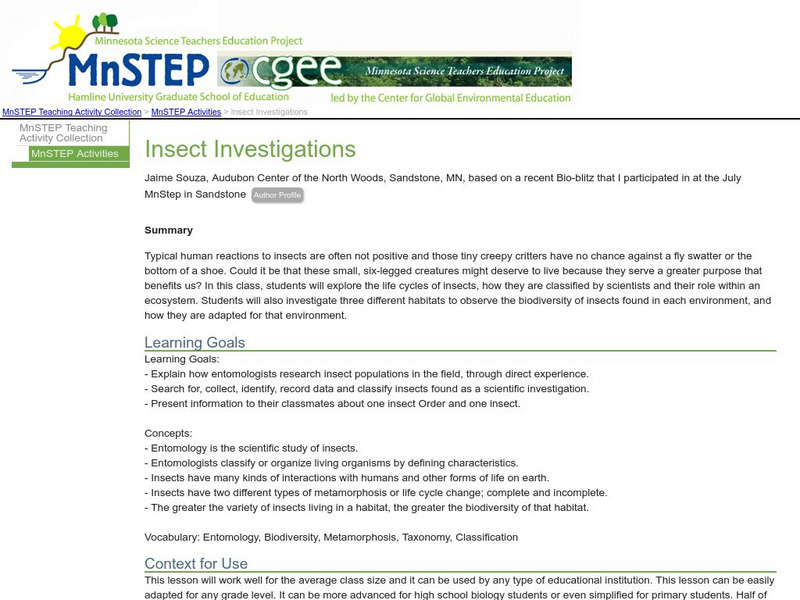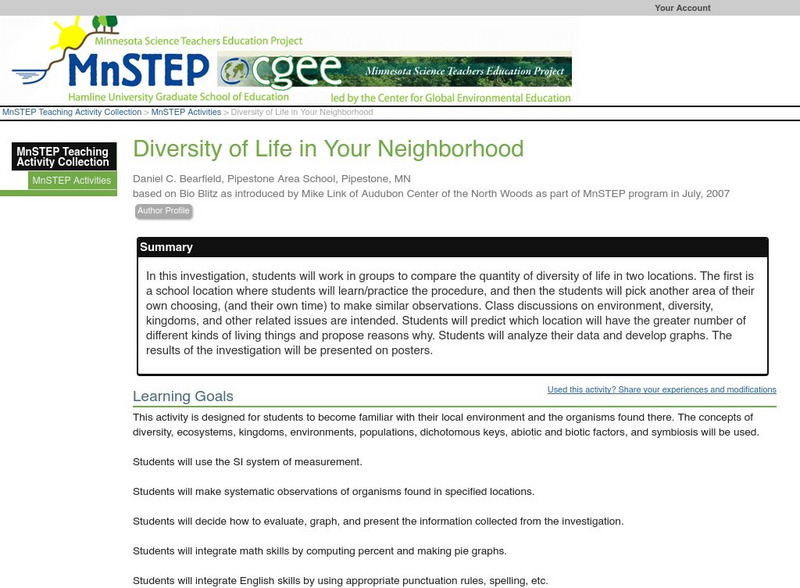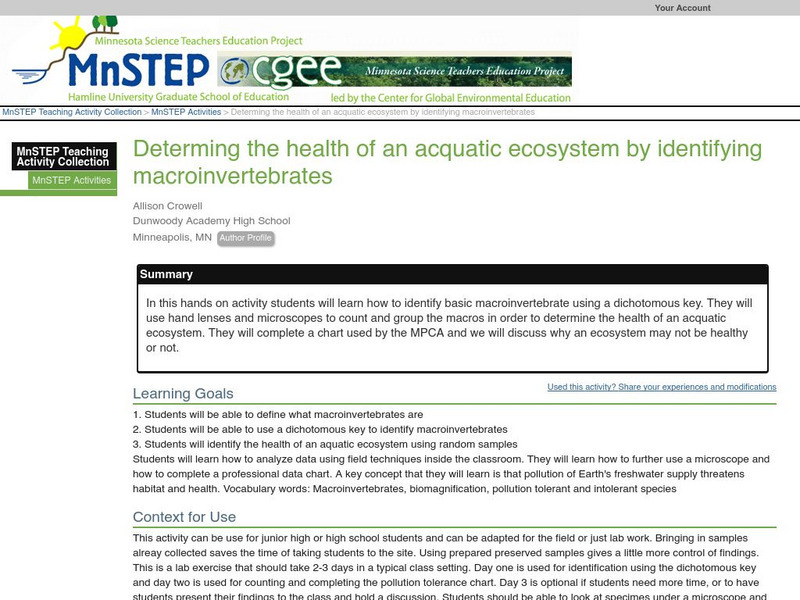NASA
The Adventures of Echo the Bat
Remote sensing, false-color satellite images, and the electromagnetic spectrum are all covered in this fun site about Echo the bat. These topics are addressed in both a story book and text book fashion and are supported by a full set of...
Biotechnology Institute
Biotechnology Institute: Your World: A World of Change [Pdf]
The introduction of genetically modified organisms (animals, microbes, and plants) into agriculture has been accompanied by controversies over their potential impact on human health, the environment, and farming systems. Management of...
Better Lesson
Better Lesson: Bats, Friend or Foe. An Argument Writing Activity
Students will state an argument with evidence, for or against, bats being removed from their environment by writing a letter to the editor and citing evidence for your claim.
PBS
Pbs: Plum Landing
Invite students to visit ecosystems around the world with this collection. This collection includes activities for the classroom, after school, and families. Also included is games.
University of Florida
Florida Museum of Natural History: Our Natural World
The focus of this guide is the natural world around us and its aim is to foster children's understanding and appreciation of the environment right outside their doors.
Open Ed
Open Ed Sci: 7.5 Ecosystem Dynamics
This unit on ecosystem dynamics and biodiversity begins with students reading headlines that claim that the future of orangutans is in peril and that the purchasing of chocolate may be the cause. Students launch a scientific...
PBS
Pbs Learning Media: Building a Biodiversity Timeline
Students learn how various kinds of data and information can be gathered to create a biodiversity timeline that serves as evidence of changes in a population of a species.
Biology Corner
Biology Corner: Biodiversity of Ponds
In this lesson plan site, students will observe and record data on three ponds. The goal is to identify the types of organisms in each pond and prepare a report that delves into the biodiversity of each site. Links to videos about pond...
E-learning for Kids
E Learning for Kids: Science: Caribbean Sea: Mexico: What Is Classifying?
Christina wants to classify all kinds of different things. Help her sort things into main groups.
American Museum of Natural History
American Museum of Natural History: O Logy: Life in the City
Biodiversity can be found in many places, including city parks. At this OLogy learning game site, players use a magnifying glass to find organisms that live there and also learn something about how each organism relates to others nearby.
American Museum of Natural History
American Museum of Natural History: O Logy: What's the Big Idea? Biodiversity
Find information about diversity among genes, species, and ecosystems that helps answer questions about the importance of biodiversity and how we can save species from extinction.
Scholastic
Scholastic: Science Explorations: Kids' Environment Report Card
Cast your vote on the important environmental issues. Associated with each issue, there are at least three links to sites which can further your understanding of the issue. To encourage others to respect the environment, you can also...
University of California
Ucmp: Web Lift to Taxa
Alphabetical listing from the University of California of info on each of the animal phyla. Includes scientific and common names and photos. Characteristics of each group are explained in detail.
American Museum of Natural History
American Museum of Natural History: Ology: Kinds of Biodiversity
Explains what biodiversity is, why it is important, threats it faces, and what people can do to help it survive.
American Museum of Natural History
American Museum of Natural History: Ology: Life in the City
Explore a city park to learn what tiny species live there.
University of California
U.c. Berkeley Libraries: Plant Distribution Maps
This resource provides a list of online maps of world vegetation such as biomes, forests and plants.
Science Education Resource Center at Carleton College
Serc: Minnesota Tree Blitz
This activity serves as an introduction to tree identification and helps students learn about the natural world around them. While exploring trees of Minnesota, students will recognize biodiversity of trees and learn how to observe,...
Science Education Resource Center at Carleton College
Serc: Investigating Biodiversity in Your Schoolyard
In this field lab, students will investigate the biodiversity around their school and record and document the information they find. The students will compare their information to those of their classmates, develop multiple hypotheses...
Science Education Resource Center at Carleton College
Serc: Insect Investigations
In this instructional activity, learners will explore the life cycles of insects, how they are classified by Entomologists and their role within an ecosystem. Students will also investigate different habitats to observe the biodiversity...
Science Education Resource Center at Carleton College
Serc: Diversity of Life in Your Neighborhood
Students go outdoors to compare the diversity of life in two locations. Following the observations, hold class discussions on environment, diversity, kingdoms, and other related issues.
Science Education Resource Center at Carleton College
Serc: Simpson's Reciprocal Index: Identify and Compare Habitat Biodiversity
In this biology field lab, students will collect insects from two different habitats and use them to quantify the biodiversity of each habitat.
Science Education Resource Center at Carleton College
Serc: Identifying Macroinvertebrates to Determine Health of Aquatic Ecosystem
In this hands on activity students will learn how to identify basic macroinvertebrate using a dichotomous key. They will complete a chart used by the MPCA and we will discuss why an ecosystem may not be healthy or not.
Science Education Resource Center at Carleton College
Serc: Using Plant Surveys to Study Biodiversity
An extended field investigation intended as launch into several concepts in environmental science including biodiversity, human impacts on natural systems, and energy transfer in ecosystems.
Science Education Resource Center at Carleton College
Serc: Arthropod Diversity and Evolution an After School Program
This website provides information required for a hands-on program that enables students to work alongside active museum curators, postdoctoral researchers, and collection managers. The programs will teach students to identify, classify,...




